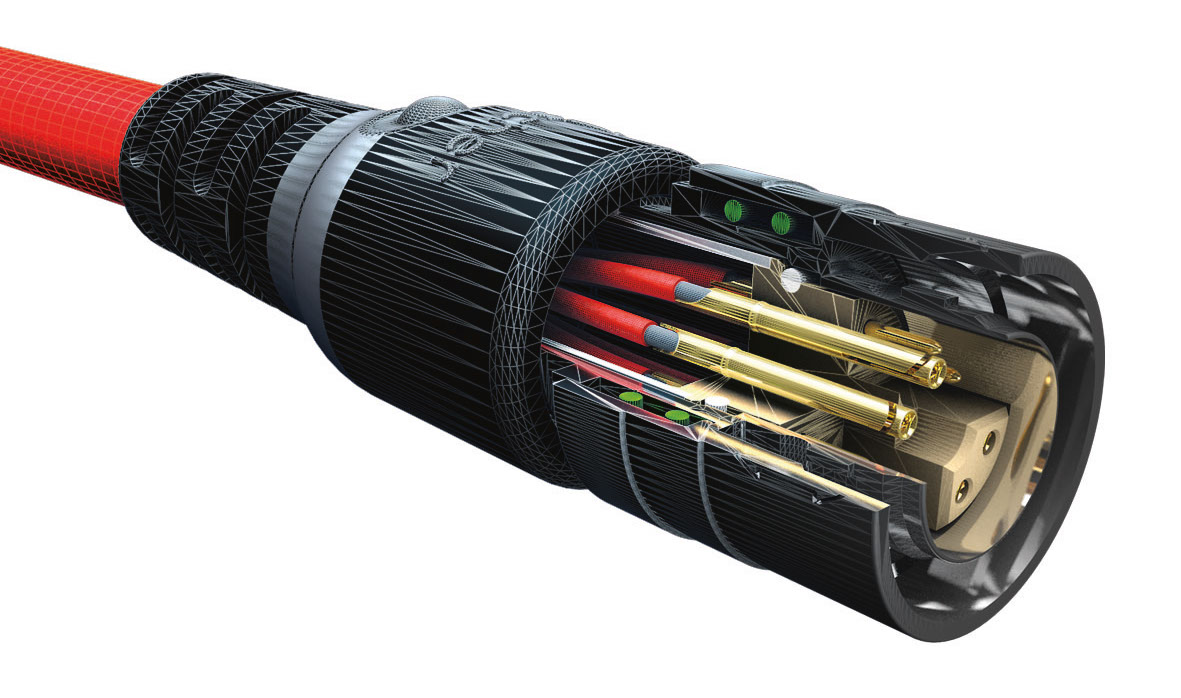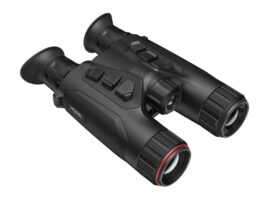Reliable connections are essential in harsh environments like railways, industry, or outdoor installations. Standard connectors may not withstand harsh conditions like temperature fluctuations, moisture, vibration, and mechanical stress. It is where ruggedized connectors come in handy, providing a strong and reliable connection even in the harshest conditions.
Here are eight essential steps to guide you in choosing the robust connector for your needs.
1. Assess Environmental Conditions
Before selecting robust connectors, it is critical to understand what environmental conditions your equipment will face. Consider factors such as extreme temperatures, exposure to moisture or chemicals, vibration levels, and dust or debris. For example, railway connectors withstand constant vibration and temperature variations, while outdoor sensors may need protection against water and dust ingress.
2. Identify Key Performance Requirements
Once you have assessed the environmental challenges, determine the specific performance requirements for your connectors. It may include voltage and current ratings, signal integrity, EMI/RFI shielding, and IP (Ingress Protection) ratings.
3. Understand Connector Types
Familiarise yourself with the robust connectors available, including circular and modular connectors. Each type offers benefits in size, shape, and ease of installation. Choose the type that best suits your application needs and space constraints.
4. Consider Connector Materials
Selecting the material is crucial to ensuring the durability and reliability of connectors. Common materials include stainless steel, aluminum, and strong plastics, each offering different resistance to corrosion, impact, and temperature extremes. For railway connectors, those subject to heavy mechanical stress often require metal housings, while a sensor connection in less demanding environments may suffice with lighter plastics.
5. Evaluate Sealing And Environmental Protection
Effective sealing protects connectors from moisture, dust, and other environmental contaminants. Look for connectors with sealing mechanisms such as gaskets, O-rings, or potting compounds to ensure reliable performance in harsh conditions.
6. Verify Compliance With Industry Standards
Ensure the rugged connectors you choose comply with relevant industry standards and certifications. For railway applications, connectors must meet stringent safety and performance standards such as EN 50155 and EN 45545, ensuring they can withstand the rigours of onboard and trackside environments. Similarly, connectors used in industrial automation or outdoor installations may need to comply with specific standards such as IP, NEMA, or MIL-STD.
7. Consider Connectivity Options
Evaluate the connectivity options offered by solder, crimp, or screw terminals, as well as robust connector push-pull or bayonet locking mechanisms. Choose connectors that provide secure and reliable connections and allow easy installation and maintenance. Connectors with quick-release mechanisms or self-locking features can save time and effort when frequent connections and disconnections are necessary.
8. Seek Expert Guidance
If you are unsure about which robust connector is best suited for your application, do not hesitate to seek guidance from connector experts or manufacturers. Experts and experienced professionals can provide valuable insights and recommendations. Their knowledgeable staff can help you choose the connector to ensure reliable performance and long-term durability.
Conclusion
By following these eight steps and using the knowledge of connector experts like Allied Electronics Corporation, you can guarantee reliable and ruggedized connectors capable of enduring the most challenging conditions, whether in railway environments, industrial settings, or outdoor installations.











